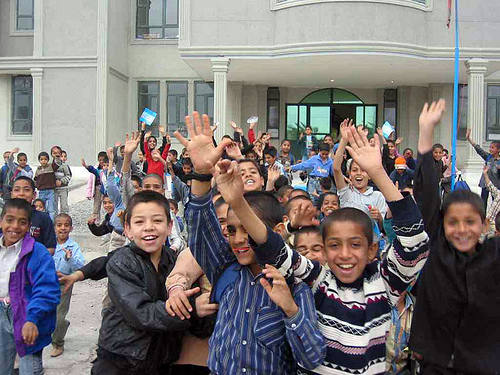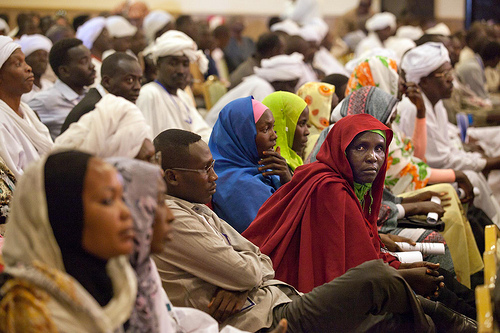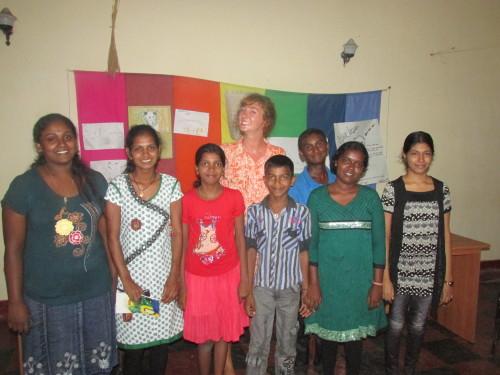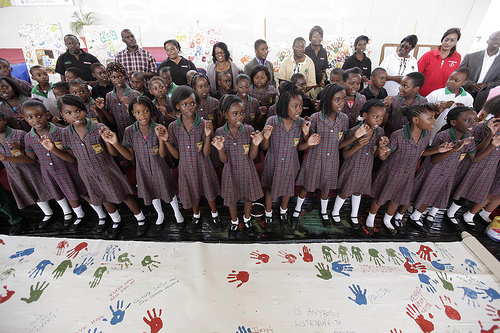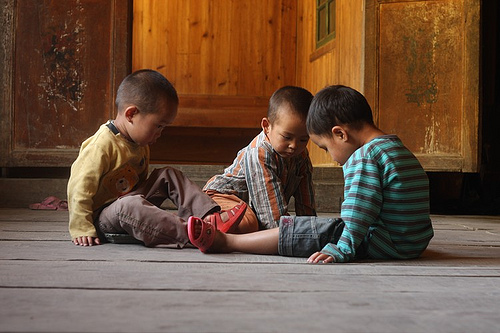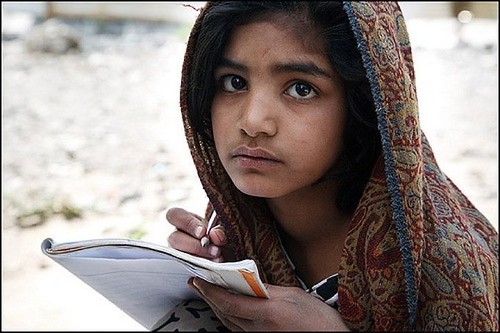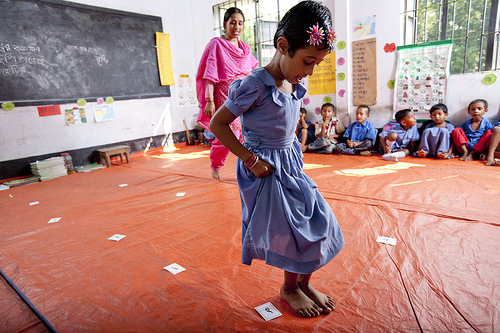A Creative Approach to Counter Bullying in a School in Iran
A teacher in Iran shaved his head to show solidarity to a student who was being bullied after losing hair due to an illness.
Ali Mohammadian, a teacher at Sheikh Shaltoot’s elementary school in the Kurdistan Province of Marivan in western Iran, noticed that his eight-year-old student, Mahan Rahimi “had become isolated after going bald.” Mohammadian stated, “ smiled had disappeared from his face and I was concerned about his class performance.” He decided to become bald, and posted a photo of himself with Mahan on Facebook, captioned, “our heads are sensitive to hair.” Not only did his post go viral, but soon after, his entire class of over 20 students also decided to shave their heads and show solidarity, rather than hostility, toward their classmate.
Since his gesture in early January, Mohammadian has not only become a hero amongst the Iranian public, he has also received praise from President Hassan Rouhani, and was invited by Education Minister Ali Ashar Fani for a formal thank-you. Moreover, the Iranian government has agreed to financially support Mahan’s treatment, which doctors say is due to an immune disorder.
In the United States, 71 percent of students report incidents of bullying in their school, and it is found that adults intervene 4 percent of the time according to the National Association of School Psychologists. Indeed, it is a struggle for any teacher, no matter the location, to effectively counter bullying given the demands of the job. Juggling large class sizes, achievement targets, and administrative responsibilities, addressing bullying is often at the bottom of the priority list. The case of Mohammadian, who has 23 years of teaching experience, shows how a small gesture can go a long way. It transformed the culture of his classroom, and “Mahan’s classmates have…become supportive of him and a smile is back on face.”
Creative Commons Love: Unicef Iran on flickr

